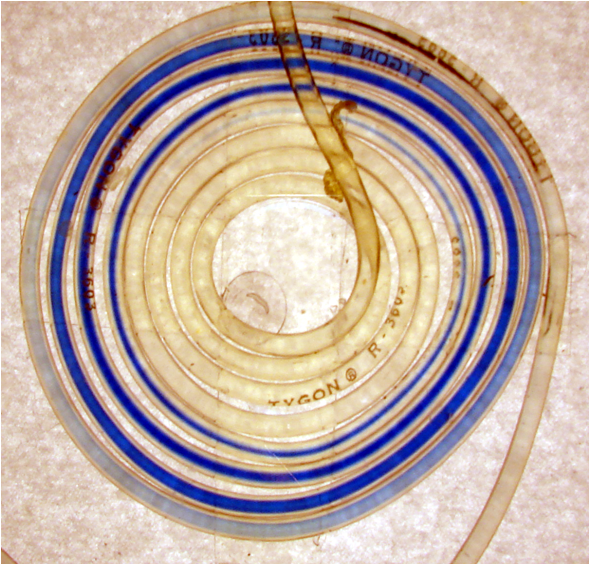0.2.3.
Dispersion in Laminar Flow
It is crucial for understanding of FIA techniques to identify and to exploit the tools that will control, and if required, maximize the mass transfer in radial direction. Only when the elements of fluid at the leading edge of the dispersing zone (A) will be moved away from the central streamline and, by the same process the elements at the trailing edge (B), will be moved towards the central streamline sufficiently fast, the sample bolus will be mixed with a reagent, contained in the carrier stream.
At the same time, increase of radial mass transfer will result in decreasing the overall length of the dispersing zone. It is imperative that mixing occurs rapidly so that chemical reactions are initiated as soon as possible .
In general, mass transfer is accomplished by diffusion and by convection. Diffusion, driven by difference in concentrations, can be viewed as an internal force, while convection is driven by external forces, such as pressure difference, centrifugal or other mechanical forces. In laminar flow conditions, the diffusion is the only tool available for radial mass transfer.



A
B
Bolus of a dye, acquires an elongated parabolic gradient as it flows through a tubular conduit.. Note the sharp leading edge and a very long hollow tail section, into which the colorless gradient of carrier solution has penetrated. Keep in mind the zone length/radius ratio when reviewing the idealized graphical gradient representations presented in this tutorial, where the zone lengths had to be abbreviated for practical viewing.









